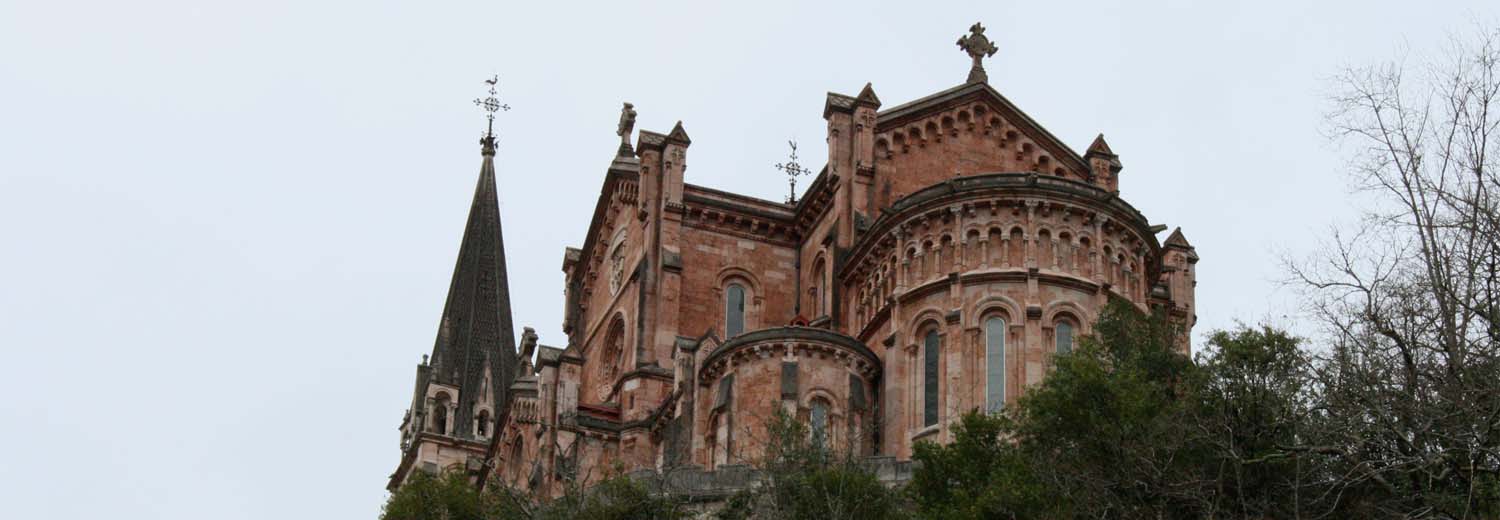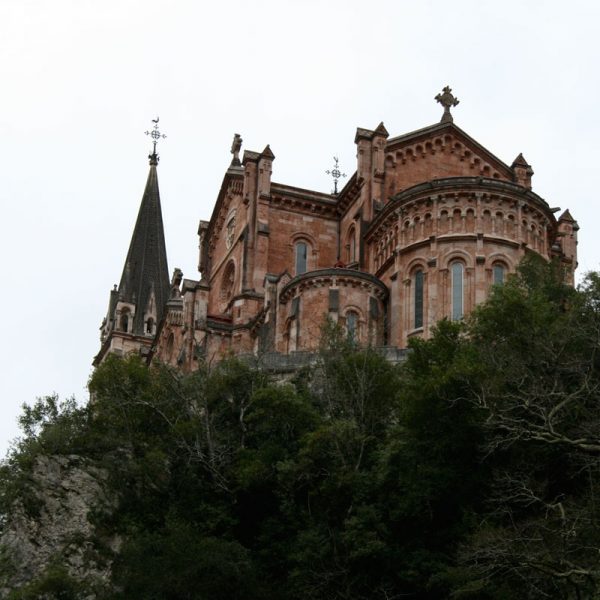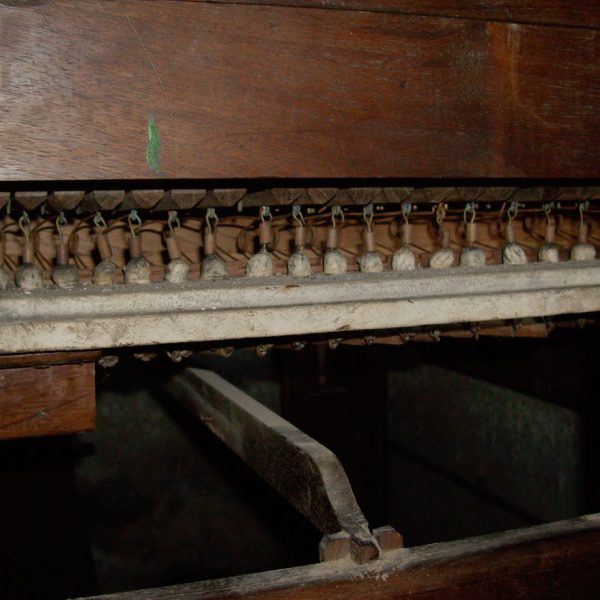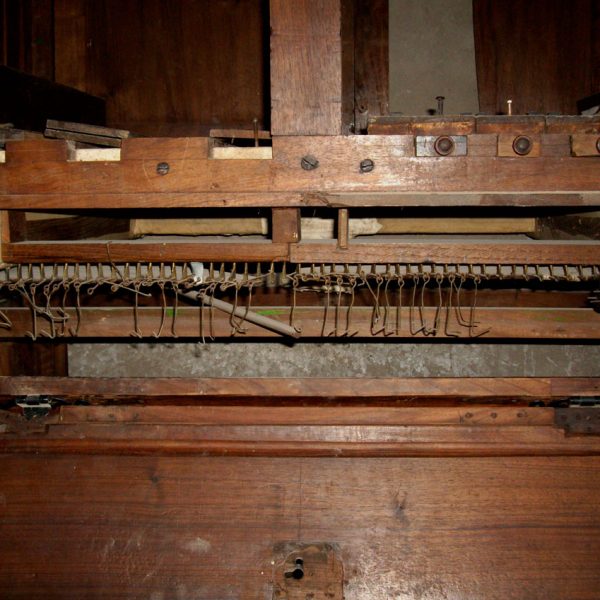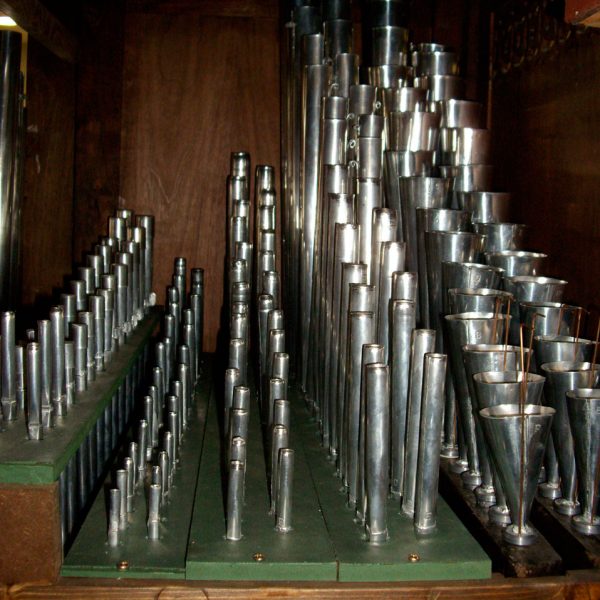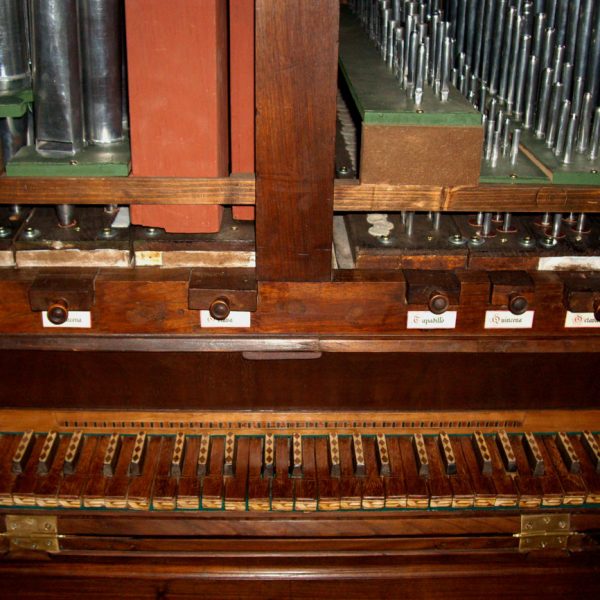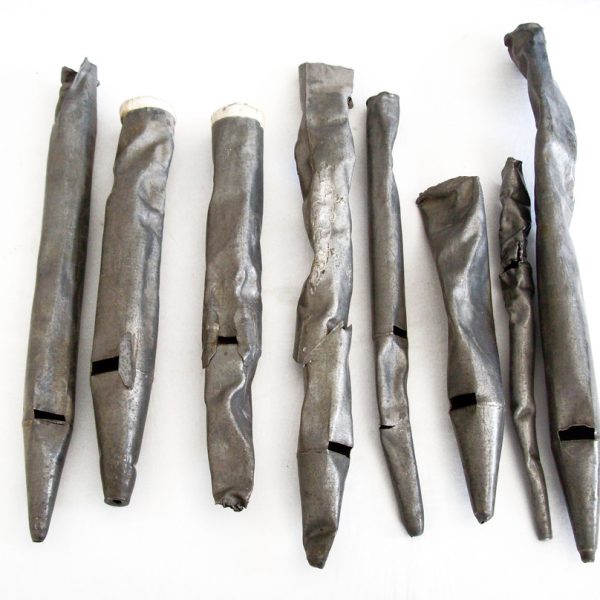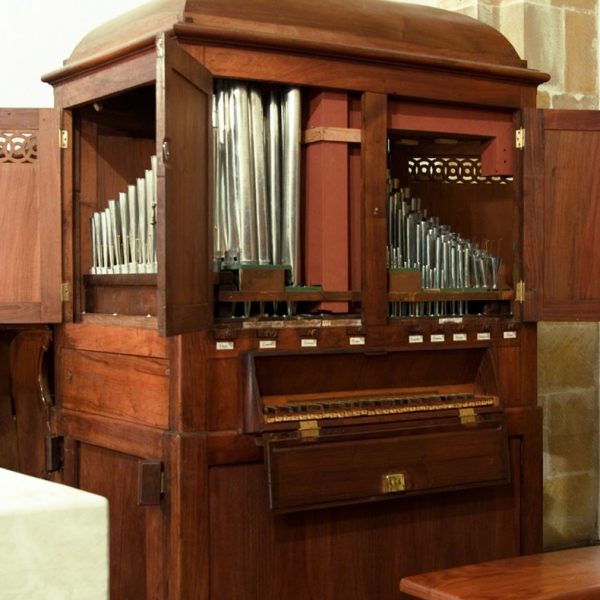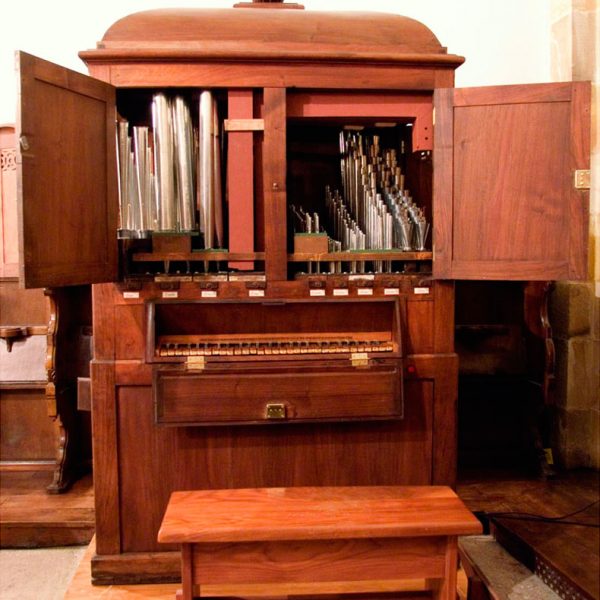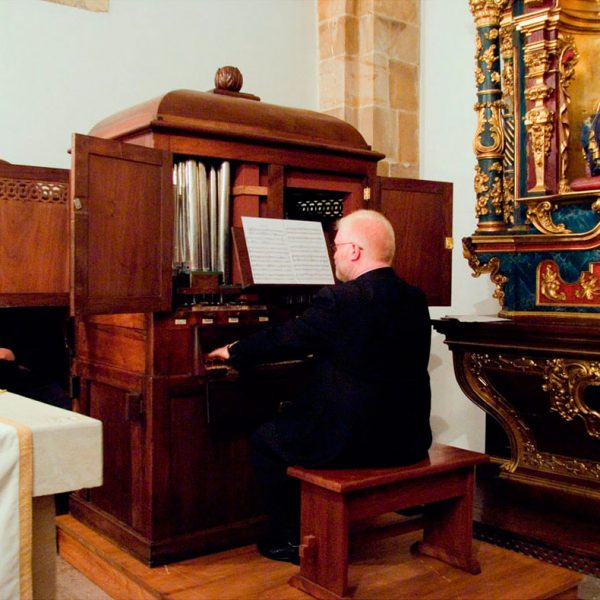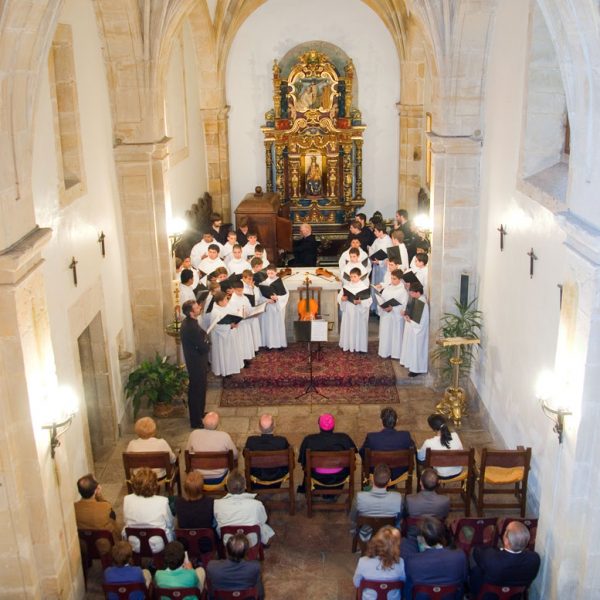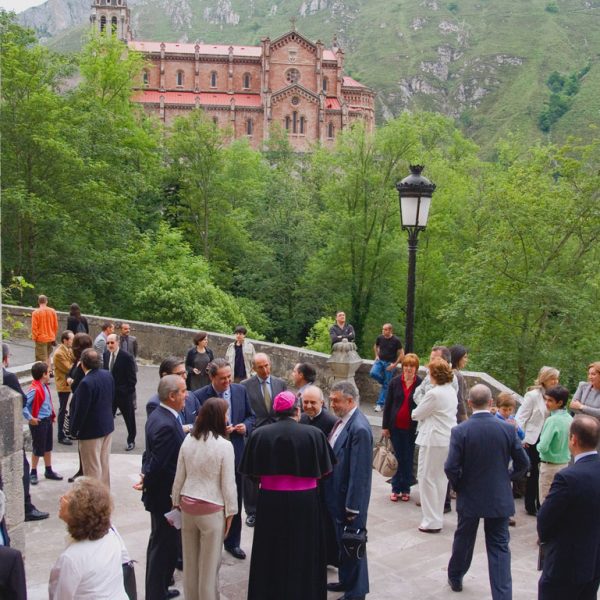RESTORATION OF THE 18th CENTURY CHAMBER ORGAN OF THE CHOIR SCHOOL
COVADONGA CHOIR SCHOOL
The portable or chamber organ, which belongs to the Covadonga Choir School, is the Sanctuary’s oldest musical instrument, after a fire in 1777 and several subsequent misfortunes hindered the arrival of other instruments of the time. It was built between the end of the 18th Century and the beginning of the 19th Century but its creator is unknown, since there is no inscription.
The instrument has been associated to the Covadonga Choir School for over seven decades, so its restoration for educational and performing purposes has been met with the utmost interest and enthusiasm within the Choir community and even among former choristers, who are now teachers in conservatories and music schools.
The restoration has been undertaken by the RestaurArt restoration team, who are specialised in building and restoring organs. At present it is installed in the Royal Collegiate Church of San Fernando.
CHAMBER ORGAN OF THE CHOIR SCHOOL OF THE ROYAL SITE OF COVADONGA
DESCRIPTION:
Its sound composition and aesthetic appearance are characteristic of processional chamber organs. The instrument’s casework or case, a 2.15 m high and 0.90 m wide rectangular parallelopiped with 1.20 m of frontage, is made of non-polychrome walnut wood, with sober lines and decorated only by a dome in the upper part. It has no front pipe and is finished with latticework.
It has a single 54-key manual in extended octave and the stops are divided in the traditional manner: right-hand stops and left-hand stops.
This mechanical transmission organ has several unique characteristics including the soundboard, which is positioned perpendicularly to the manual, when it is usually positioned in parallel; the valves which are positioned on both the right and left sides of the soundboard, when it is usually found at the front on the manual, possibly to make them accessible to the organist at the front; transmission is performed by means of rockers that are mounted horizontally under the soundboard when they are usually mounted vertically.
Due to these unique characteristics, the stops are located to the front and the ends protrude directly from the sliders.
The soundboards are made of walnut wood. The shutters are formed by wooden ribs, with two pieces of 25 and 29 shutters, corresponding to the pitch of the split stops. It has a chromatic layout. The sliders and covers are made of walnut wood. The bellows are positioned in the lower part (base) of the organ. It has a supply and a reservoir bellow, as is customary for chamber organs. The supply is manual.
The registration nomenclature appears on the lower part of the sliders, written by nib, in the following manner: Left Hand: Octave, Tapadillo, Quincena, Orlo in Octave, Right Hand: Flute 8′, Octave, Tapadillo, Quincena, Clarion.
Only eleven wood pipes remain inside, corresponding to the left-hand octave and around twelve metal pipes which cannot be restored.

